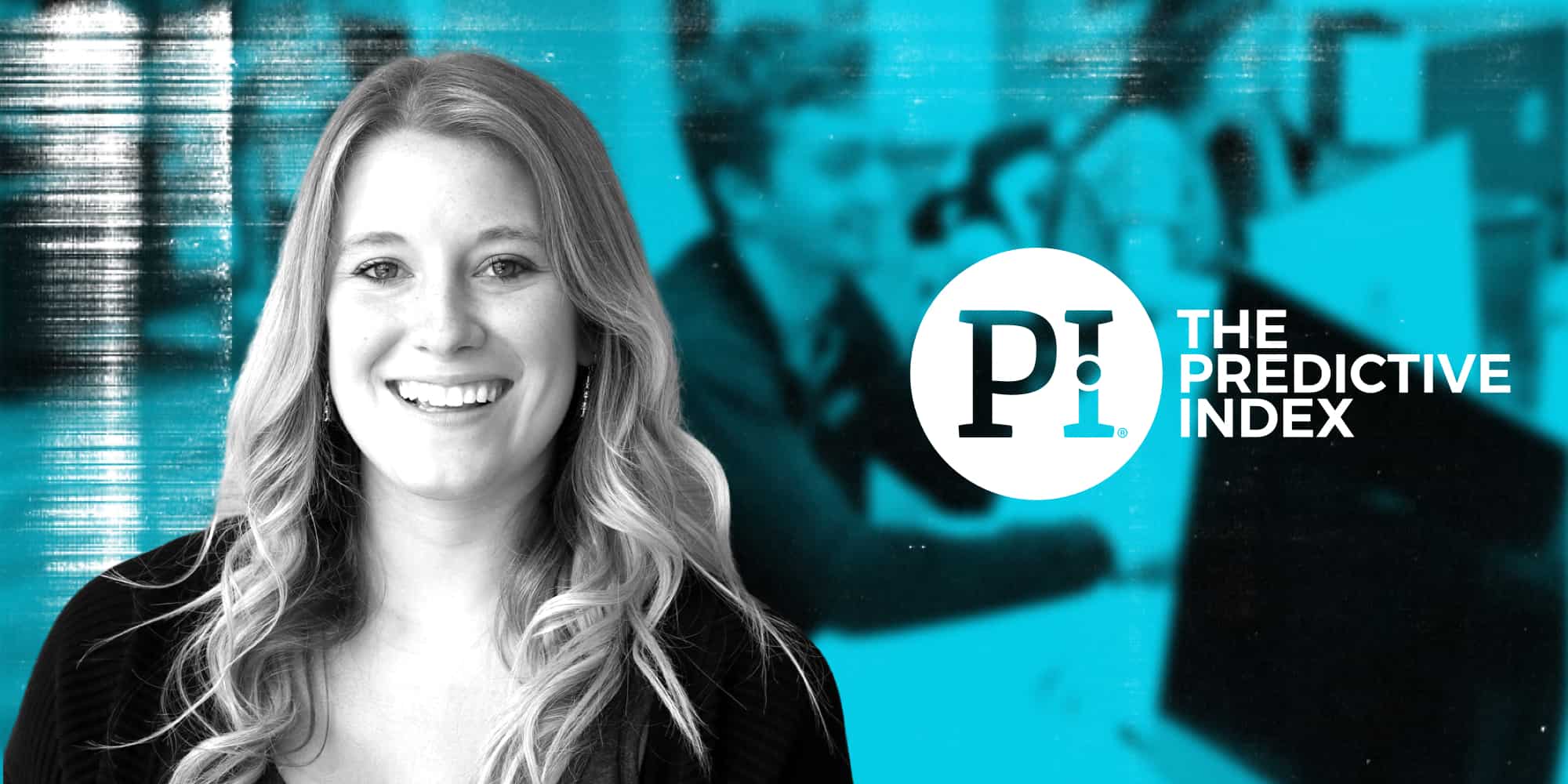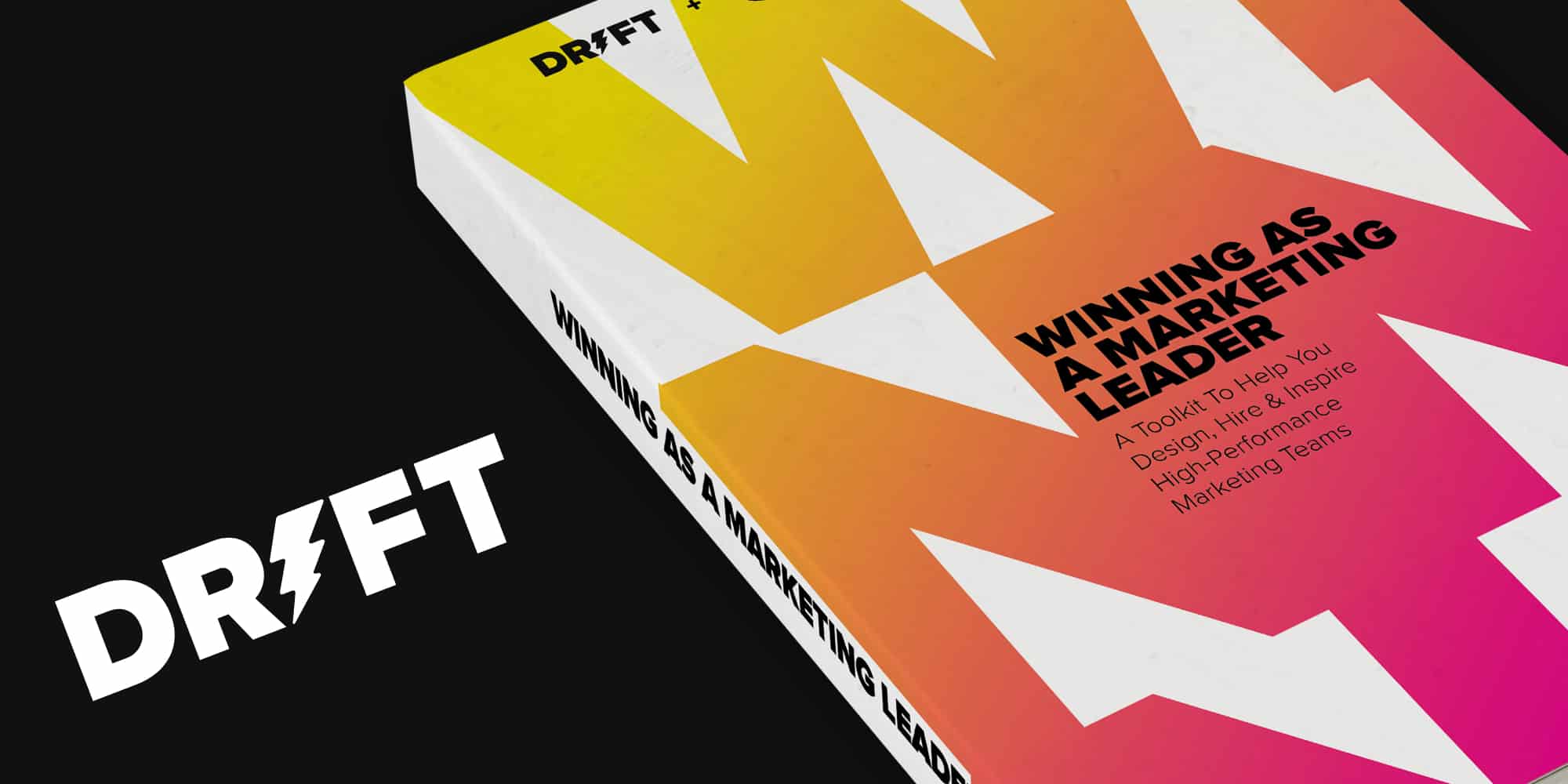
As any marketer knows, getting internal sales teams to buy into a new process or technology can be really tricky. Most people don’t like change, and salespeople are no exception.
But, the whole world is changing, and we all need to master new tools if we’re going to keep up and stay competitive.
As a revenue operations specialist at The Predictive Index, I was a member of the team responsible for launching Drift within our organization. While my marketing team members could see Drift’s potential right away (and were excited to put it into action), our counterparts in sales were a little less enthusiastic at the start. It was clear that we were going to need to get our heads around the change management challenge in order to reap the benefits of Drift’s solution.
As it turned out, it took less time than we anticipated for our BDRs to come around. After only a few short months, we had expanded our use of Drift from a small initial trial to a much more serious investment of time and resources.
So how exactly did we get from having to push against internal resistance to having our own in-house Drift fan club? It had to do with the power of Drift’s results to influence opinions and change minds.
As we tackled change management, we saw promising results very early in the game.
The way we use Drift has matured over several iterations since the initial launch. We were initially most interested in using Drift to replace some long forms on our website. We wanted to see if using Drift would allow us to connect with people more quickly, generate a more consistent flow of leads, and ultimately improve our lead conversion rate. The evolution of our strategy to accomplish these objectives has been guided in part by trial and error and in part by the results of early experiments combined with the direct input of our internal teams.
At first, we were facing a pretty steep uphill battle with our BDR team. They were skeptical before we even got started, and then – because of how we initially implemented Drift – they dug their heels in even more. Like most people, our BDRs were resistant to adopting anything that they thought would add more manual tasks to their day-to-day routines. Before they understood the value of Drift, they saw it as just something else they had to monitor and respond to.
Phase 1 – Well-Intentioned, But Missed The Mark
At The Predictive Index, we help organizations all over the world overcome workplace challenges using a unique blend of workforce assessments, talent optimization software, management training, and expert consulting. Many of the visitors to our site are only interested in getting their free behavioral assessment results. This segment of visitors have no interest in buying our product.
Our first use of Drift was really limited and, in retrospect, didn’t put us in the most ideal position to make a case to our sales team. The way we had things set up didn’t account for this non-buyer segment, so our BDRs were having to engage in conversations that were irrelevant to their sales objectives – things like providing assessment results and software support. Because of this, we got pushback from some BDRs who saw the Drift conversations as a waste of their time.
Despite this setback, we saw some pretty convincing results even in those very early days, primarily around how easily conversations converted to opportunities, which eventually turned into closed business. These were the kinds of facts that even the most reticent BDR couldn’t ignore.
Phase 2 – Refining The Strategy And Winning Over New Fans
The next evolution of our strategy took place during a transition period that included the arrival of a new BDR manager who had used Drift at her last company and was already a big fan of the product. At this stage, we got a little more sophisticated in our approach, implementing filtering to help cut back on some of the “noise” that the BDRs had been experiencing. This qualifying feature allows us to apply tags to conversations, which then allows us to filter them so that it’s easier for BDRs to identify which conversations matter to them.
In addition, our new BDR manager was a proactive advocate for Drift. She worked closely with members of the team to ensure that they were taking advantage of the tool. We also met monthly with the BDR manager to hear feedback. Coming out of those meetings, we implemented changes to address their needs and support their use of Drift. Finally, we shared weekly numbers to show who was having Drift conversations and how they were converting. This last piece of information served to light a fire under the team in two ways – it let them know we were watching the activity and it helped incentivize them when the data showed strong results.
As we’ve become more advanced in how we use Drift, our BDRs have become more excited about what it can do for them. The addition of filtering, for instance, helped us ensure that the people our BDRs talk to via Drift are awesome prospects – people who are ready to get on the phone and talk about qualified opportunities.
Where before our BDRs’ biggest complaint was about quality, now it’s about quantity. They just can’t get enough Drift leads.
By refining our strategy, we were able to turn our reluctant BDRs into Drift converts.
At this point, we have implemented Drift on about 10 key pages on our website. Primarily, these are product-focused pages like Our Solution, What We Do, How We Can Help, and also the pages that talk about our workshops. We also have Drift on our resource library page and any landing pages for webinars and ebook downloads.
We focused our efforts on these pages because they are the ones that correspond to a visitor’s interest in learning more about our product offering (as opposed to learning about their assessment results). These pages are where we have an opportunity to be in the right place at the right time with the information a visitor needs to move forward in their journey.
On the logistical side of things, as chats come in, we first filter them to determine whether they need customer support, are looking for a job, or inquiring about their assessment results. If, after that initial filter, they do not fall into any of those categories and have shown interest in purchasing our products, the conversation is then routed to one of our BDRs based on the geolocation of the inquiry. Alternatively, if they go through the initial filter flow and we determine that they are interested in becoming a Certified Predictive Index Partner, the conversation is routed to one of our CDRs, also based on geolocation data.
We have set Drift up as its own lead type so that we can compare volume and performance against other types of leads such as demo requests. This has allowed us to get a good sense of not only how our Drift implementation is performing in the moment, but also how we might expect it to perform in the future.
To-date, while the overall number of leads is still relatively low, the conversion for Drift leads from MQL to opportunity is impressively high. In addition, using Drift consistently shortens the time it takes us to land a lead because we’re able to engage the prospect in a very meaningful way right out of the gate, often getting on a call with them immediately. Since implementing Drift, it has been instrumental in many deals including three that were double our average deal size, one that was triple the average, and one that was seven times the average.
After giving Drift a lukewarm reception, our BDRs and sales reps are now very excited about Drift leads. They love Drift leads because they know they are quality leads that have already been vetted. They can rely on Drift to deliver the kinds of leads they want to jump on. Now, all we have to do is increase the volume.
This is just the beginning. There is a lot more potential to explore.
In addition to evolving and optimizing our existing playbooks, we’re also exploring additional ways we can use Drift to create better buyer experiences and support other functions beyond sales.
For instance, we may test triggering Drift when visitors click on certain CTAs in order to give them the option to have a conversation instead of filling out a form. It would be really interesting to see how many people might opt to talk to a sales rep in that moment of heightened interest.
We’re also hearing from other teams within the company. Now that they’ve seen the success the BDR team has had, they’re curious to know what kinds of playbooks we might be able to develop to help them achieve their key objectives more easily and efficiently. For instance, we’re currently working with our internal product team to help them create a variety of website experiences that lead to Drift playbooks. We’re also exploring ways to use Drift within our software to take advantage of upsell opportunities.
We’ve come a long way in a short period of time with Drift. The best part? It’s only the beginning.
Drift and The Predictive Index wrote a book together ? Download it today to learn what it takes to design, hire and inspire high-performance marketing teams with tactical best practices and actionable templates.
Marissa Mias is a Revenue Operations Specialist at The Predictive Index.







